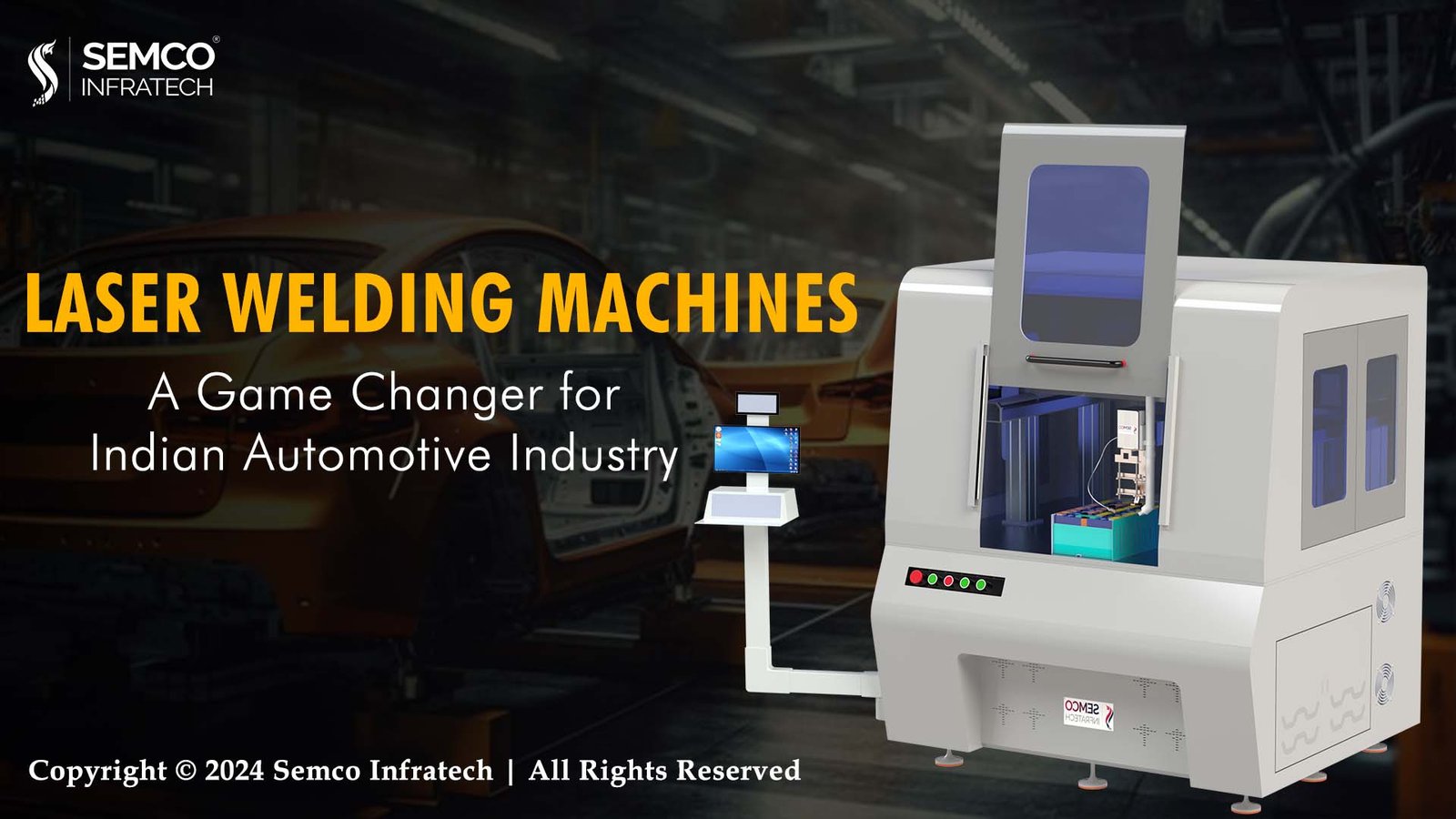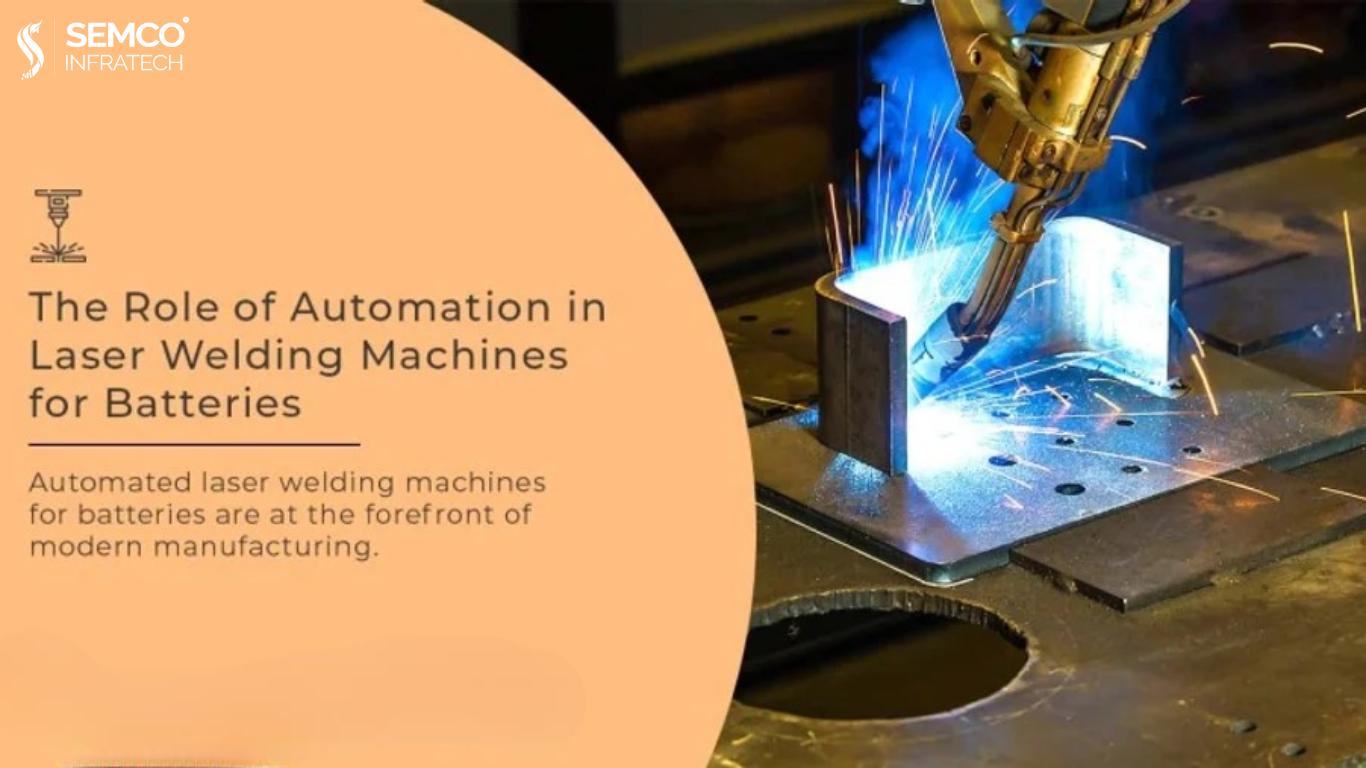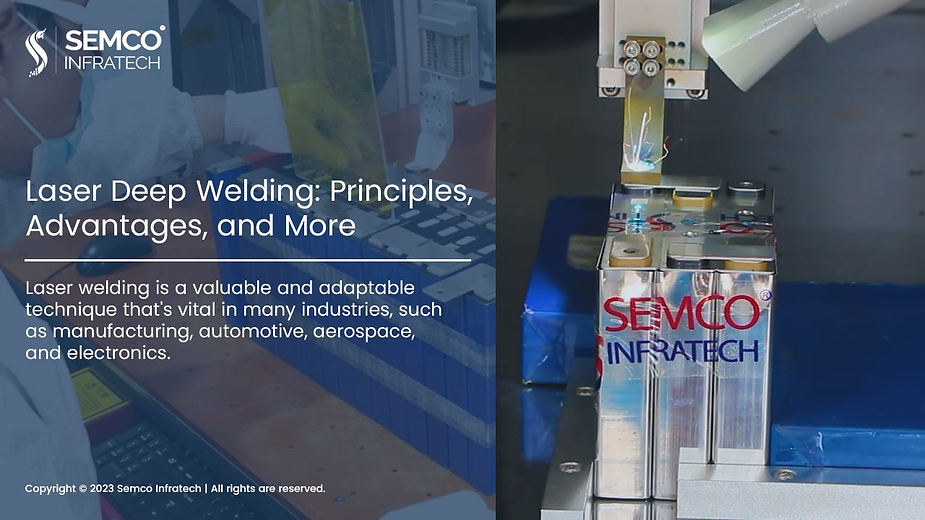The automotive industry in India is on the brink of a technological revolution. As the demand for vehicles grows and the market becomes increasingly competitive, manufacturers are searching for new ways to enhance efficiency, reduce costs, and improve product quality. Enter laser welding—a cutting-edge technology that is rapidly transforming the way vehicles are built in India.
Laser welding offers a myriad of advantages over traditional welding methods, positioning itself as a game-changer in the automotive industry. From unmatched precision and speed to the ability to handle a wide variety of materials, laser welding is helping manufacturers meet the evolving demands of the modern automotive market. Let’s explore in detail how laser welding machines revolutionize India’s automotive industry.
Precision and Accuracy
One of the most significant advantages of laser welding is its precision. Traditional welding methods often struggle to achieve the level of accuracy required for complex automotive components. In contrast, laser welding provides pinpoint accuracy, ensuring that only the intended area is fused without affecting surrounding materials. This level of precision is crucial when working with intricate components or delicate materials, as it minimizes distortion and damage.
In automotive manufacturing, where even the smallest error can lead to costly rework or product failure, the precision of laser welding offers a distinct advantage. By reducing the risk of errors, manufacturers can produce higher-quality products with greater consistency. This precision also allows for the creation of more complex and innovative designs, enabling automakers to push the boundaries of what is possible.
Enhanced Speed and Efficiency
In the fast-paced world of automotive manufacturing, speed and efficiency are paramount. Laser welding machines are known for their remarkable speed, significantly reducing welding times compared to conventional methods. This acceleration in the welding process translates to increased productivity and shorter lead times, allowing manufacturers to meet tight deadlines and fulfill orders promptly.
The speed of laser welding is particularly beneficial in high-volume production environments, where even small efficiency improvements can lead to significant cost savings. By reducing the time required for each weld, laser welding helps manufacturers produce more vehicles in less time, without sacrificing quality. This efficiency is critical in a competitive market like India, where manufacturers are constantly striving to reduce costs and improve profitability.
Versatility Across Various Materials
Another key advantage of laser welding is its versatility. Unlike traditional welding methods, which may be limited to specific materials, laser welding can easily handle a wide range of materials, including stainless steel, aluminum, titanium, and exotic alloys. This makes it an attractive option for automotive manufacturers, who often work with a variety of materials in the production of different vehicle components.
The ability to weld different materials with a single machine not only simplifies the manufacturing process but also expands the range of products that can be produced. Whether it’s lightweight aluminum components for electric vehicles or high-strength steel for safety-critical parts, laser welding provides the flexibility needed to meet the diverse demands of the automotive industry. This versatility is further enhanced by the adaptability of fiber laser welding, which can be fine-tuned to suit the specific requirements of different materials and applications.
Minimal Heat Affected Zone
One of the challenges of traditional welding methods is the heat-affected zone (HAZ), where excessive heat can lead to warping, distortion, or metallurgical changes in the material. This is a particular concern in automotive manufacturing, where the structural integrity of components is paramount. Laser welding addresses this issue by producing a minimal heat-affected zone, mitigating the risk of thermal damage. It is also important for battery manufacturing as small HAZ helps welding battering with utmost safety. Multiple lithium-ion battery manufacturing equipment suppliers provide laser welding machines.
The concentrated heat from the laser beam results in localized heating, minimizing thermal distortion and preserving the integrity of the surrounding area. This not only improves the quality of the weld but also reduces the need for post-weld processing, such as grinding or straightening. By minimizing the HAZ, laser welding ensures that components retain their original properties, leading to stronger, more reliable products.
Clean and Precise Welds
In the automotive industry, where aesthetics and quality are of utmost importance, laser welding machines excel in producing clean, precise welds with minimal spatter or splatter. The result is a visually appealing finish that meets the high standards required for automotive components. This is particularly advantageous for visible parts, such as body panels and trim, where a high-quality appearance is essential.
The clean nature of laser welds also reduces the need for additional processing, such as grinding or polishing, which can save time and reduce production costs. This not only enhances the efficiency of the manufacturing process but also contributes to the overall quality of the final product. For manufacturers looking to differentiate their vehicles in a crowded market, the superior finish provided by laser welding can be a key selling point.
Cost-Effective Solutions
While the initial investment in laser welding machines may seem substantial, the long-term benefits far outweigh the costs. The enhanced speed, efficiency, and quality of laser welding translate to significant cost savings over time. Reduced rework, lower material waste, and increased productivity all contribute to the cost-effectiveness of laser welding, making it a wise investment for forward-thinking manufacturers in India.
Additionally, the automation potential of laser welding systems further enhances their cost-effectiveness. By integrating laser welding into automated production lines, manufacturers can reduce the need for manual labor, increase consistency in weld quality, and streamline the overall manufacturing process. This automation not only reduces costs but also allows for greater scalability, enabling manufacturers to ramp up production quickly to meet rising demand.
Aesthetic and Structural Benefits
Beyond the immediate advantages of precision, speed, and cost-effectiveness, laser welding also offers significant aesthetic and structural benefits. The high-quality finish of laser welds not only improves the appearance of the final product but also enhances its structural integrity. This is particularly important for high-value items and applications where quality is critical, such as in the automotive industry.
The superior strength and durability of laser welds contribute to the overall reliability of the vehicle, providing peace of mind to both manufacturers and consumers. In an industry where safety and performance are non-negotiable, the structural benefits of laser welding are a significant advantage. By delivering products that are both visually appealing and structurally sound, manufacturers can build a reputation for quality that sets them apart from the competition.
Conclusion
Laser welding is not just a technological advancement; it is a transformative force in India’s automotive industry. Its unparalleled precision, speed, versatility, and cost-effectiveness make it an indispensable tool for manufacturers looking to stay competitive in a rapidly evolving market. By adopting laser welding, Indian automotive manufacturers can produce higher-quality vehicles more efficiently, meet the demands of modern consumers, and position themselves as leaders in the global automotive industry.
As the industry continues to evolve, the adoption of laser welding will be crucial for manufacturers looking to stay ahead of the curve. With its numerous advantages, laser welding is poised to play a central role in the future of automotive manufacturing in India. For manufacturers willing to invest in this game-changing technology, the benefits are clear: higher productivity, lower costs, and a competitive edge in the marketplace.





